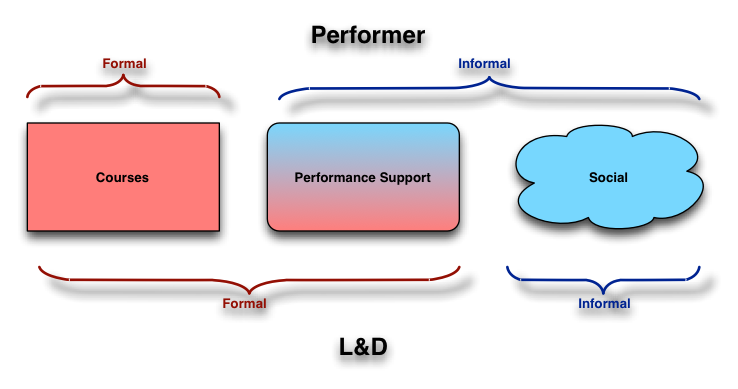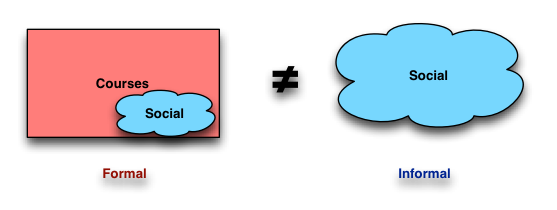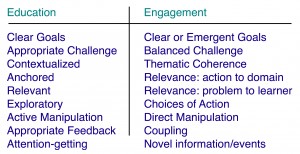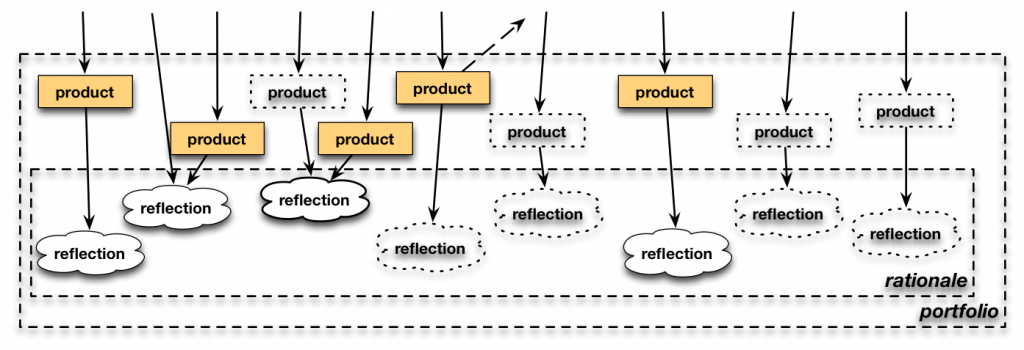In the process of writing a chapter on mobile for an elearning book, the editor took my suggestion for structure and then improved upon it. I’d suggested that we have two additional sections: one on hints and tips, and the others on common mistakes. His suggestion was to crowd-source the answers. And I think it’s a good idea, so let me ask for you help, and ask you to respond via comments or to me personally:
- What are the hints and tips you’ve found valuable for mlearning?
- What are the mlearning mistakes you’ve seen or experienced that you’d recommend others avoid?
I welcome seeing what you come up with!







